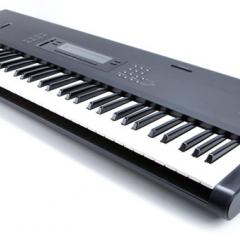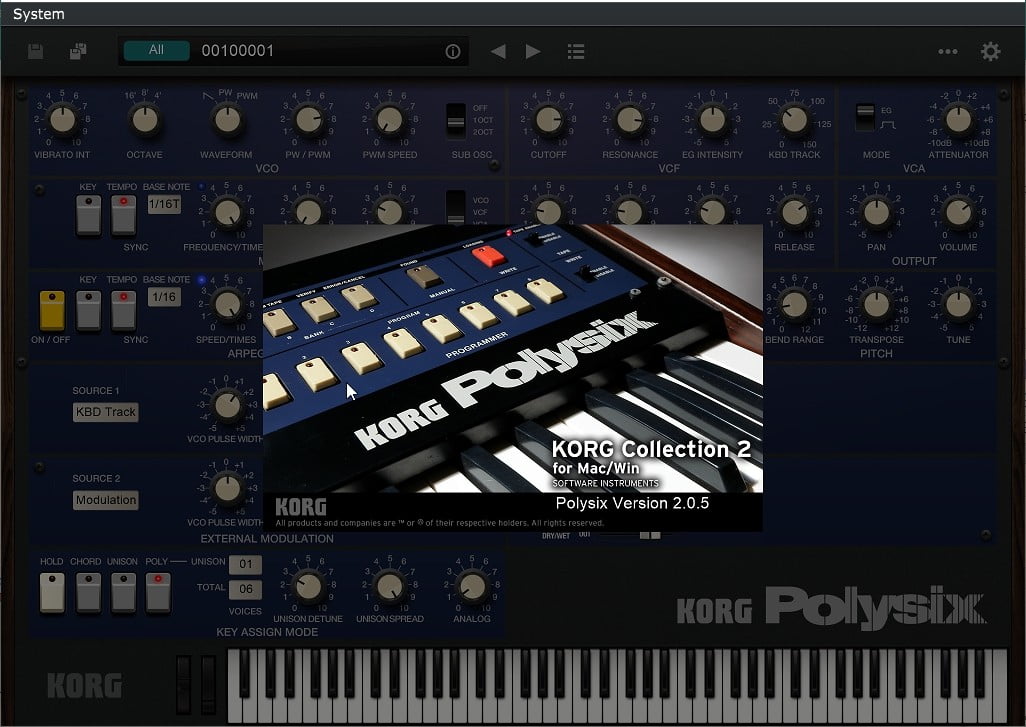



7 types of PCM and program cards are equipped.
#KORG LEGACY COLLECTION 3 CRACK SOFTWARE#
The software provides extensive preset programs and waveforms found on all of the series’ models: WAVESTATION, WAVESTATION EX, WAVESTATION A/D, and WAVESTATION SR. In addition to these and other unique revolutionary features, the sound section has equipped all of WAVESTATION’s PCM, and the parameters of the delicate parts have been fully reproduced in the software by analyzing the circuit map of the original design. The user could operate a joystick to "mix" or "morph" between four oscillators, or create a wave sequence by placing waveforms in a specific order to create rhythmic or melodic sequence patterns. The WAVESTATION synthesizer appeared in 1990 with its new "advanced vector synthesis system" which produced a new sound by combining and shifting between multiple complex waveforms. It is equipped with extensive sounds, including 33,000 preset sounds and 34 cards.
#KORG LEGACY COLLECTION 3 CRACK PLUS#
It provides all of the PCM, Program, and Combination data found in the original M1 and the M1EX internal PCM expansion, plus the PCM data and Program/Combination data from all nineteen optional ROM cards.What’s more, in addition to all 19 types of the PCM ROM cards for the M1, the sound of the M1EX which was released as an expansion of the M1’s built-in PCM, as well as the sounds of the T-series, which advanced the M1. The software features filter resonance, VDA modulation, and master effects that have been powered up to a total of 18 systems.

Numerous sounds available only from the M1, most notable the famous “M1 Piano” sound, were taken up by musicians and producers around the world, and are still in use today. As a pioneer of PCM tone generation, it was notable not just for the reality of its sound, but also for the distinctive resonance and tonal character that demonstrated the high level of Korg's voicing technology. Along with its innovative "workstation" concept, the M1's "AI" (Advanced Integrated) synthesis system used PCM waveforms and digital effects to deliver fully complete program and combination sounds. The first workstation synthesizer, released in 1988, which defined the sound of the late ’80s and early ’90s: M1.


 0 kommentar(er)
0 kommentar(er)
